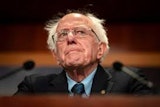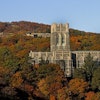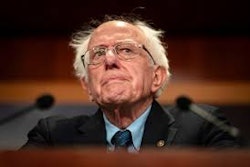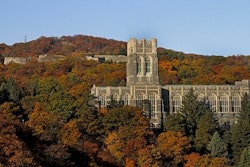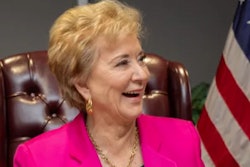Historically Black Colleges and Universities do not have to change their missions to achieve diversity, but college presidents do need to be more proactive, said Dr. Belle S. Wheelan, president of the Commission on Colleges of the Southern Association of Colleges and Schools, at the final day of the American Council on Education’s annual conference.
Wheelan’s statement came at a panel discussion on presidential roles and institutional diversity. She advocated the need for all college presidents to lead diversity by example — from hiring a diverse administrative staff to bringing in diverse speakers for lecture series. She also suggested including student leaders in discussions about diversity on campus.
Drs. John Casteen, president of the University of Virginia, and John J. DeGioia, president of Georgetown University, also discussed the challenges and opportunities they’ve encountered while trying to increase diversity at their institutions.
“The president must argue that change is everyone’s job,” Casteen said. “Democracy is not a spectator sport.”
He added that it was important to teach about the lingering, multi-generational effects of slavery. He also addressed how presidents should respond to hate crimes and racial incidents on campus. Racially offensive parties where White students attend in stereotypically Black costumes have made national headlines in recent months, including parties at Johns Hopkins University, Clemson University and Texas’ Tarleton State University.
“Public advocacy and proper law enforcement are the solutions,” said Casteen. “We have to demonstrate intolerance by forceful means.”
Wheelan said the incidents provided “a wonderful, teachable moment, but you can’t be angry at non-Blacks for depicting those images because that’s what they see. We will just have to put up with it unless we do something about” the way Blacks are portrayed in popular culture.
DeGioia, who has been at Georgetown for 32 years, said the response to racial incidents needs to be immediate and proportionate. “You have to acknowledge this will happen by setting a context,” he said. “So when it does happen, it can be viewed only as an anomaly.”
DeGioia also suggested ways that presidents can deepen the trust of students from diverse backgrounds so they can perform better and believe they can fulfill their potential.
“We inherit institutions that have deep cultures and histories,” he said. “We have to enable conditions that make students feel comfortable.”
–Shilpa Banerji
There are currently 2 comments on this story.
Click here to post a comment.
© Copyright 2005 by DiverseEducation.com
